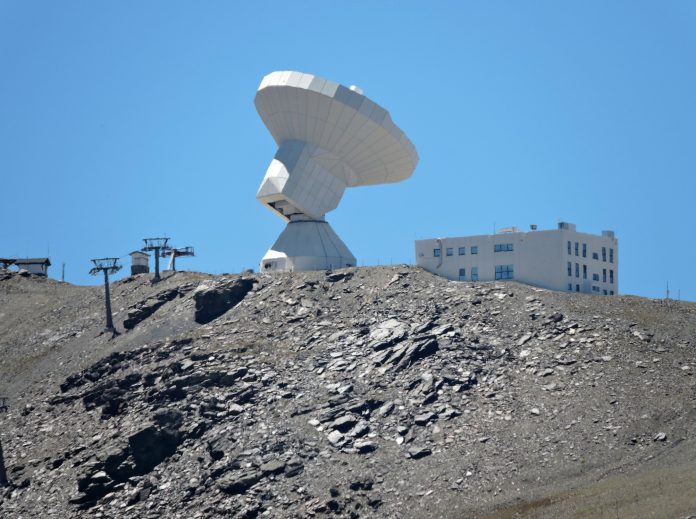The Vera C. Rubin Observatory has revealed its first imagery, which will be followed by more detailed observations to gain a deeper understanding of the universe
Located at the top of Cerro Pachón in Chile, the observatory is a joint venture by the U.S. National Science Foundation (NSF) and the Department of Energy (DOE), designed to transform our understanding of the cosmos.
In just over ten hours of early test observations, the observatory has already captured millions of stars and galaxies, along with thousands of asteroids.
A next-generation eye on the sky
Rubin Observatory stands out as one of the most advanced optical astronomical facilities ever built. Its 8.4-meter telescope features the largest digital camera in the world, paired with an advanced data processing system capable of handling a massive volume of astronomical information.
Set to begin its full scientific operations in 2025, the observatory’s main project, the Legacy Survey of Space and Time (LSST), will scan the entire visible Southern Hemisphere sky every few nights for ten years. This effort will produce a dynamic, high-resolution time-lapse view of the night sky, unlike anything seen before.
The universe’s most profound mysteries
A key goal of the Rubin Observatory is to help scientists investigate some of the biggest unanswered questions in cosmology. These include the nature of dark matter and dark energy, mysterious forces that together comprise approximately 95% of the universe but remain poorly understood.
The observatory’s detailed and frequent observations will provide important data to improve scientific models of how galaxies form and evolve, as well as how the universe is expanding and whether previously unknown cosmic phenomena exist.
Improving planetary defence
The Rubin Observatory will also revolutionise our understanding of the solar system. Its nightly sky scans will detect millions of asteroids, comets, and even interstellar objects, many of which have never been observed before.
This capability makes Rubin the most powerful solar system discovery tool ever constructed. Its findings will be vital for planetary defence efforts, potentially identifying space rocks that pose a future threat to Earth or the moon.
Creating a stream of data
The observatory’s data output is expected to surpass the combined total of all previous optical observatories, just in its first year of operation. Over its decade-long mission, Rubin will produce an archive of information,
The imagery and insights generated will be publicly accessible, enabling collaboration not only among professional scientists but also among citizen scientists and educators worldwide.
Named in honour of astronomer Vera C. Rubin, who provided the first compelling evidence for dark matter, the observatory is set to create a new era of astronomical discovery.











